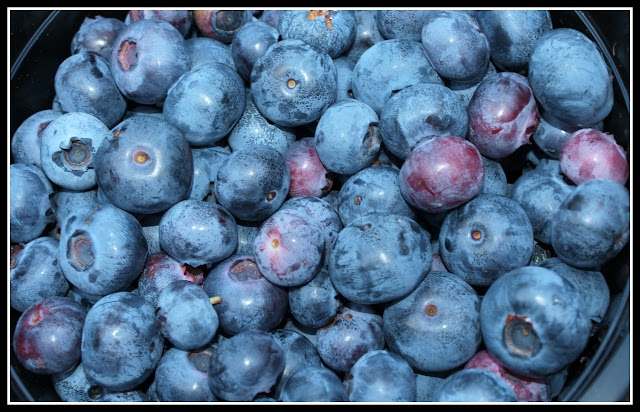The Broad Beans yielded their last harvest a few days ago, and the plants were looking tired, so it was time to remove them and replace them with something else.
So this...
Became this...
After my bad experiences with Cabbage Root Fly last year, I am determined to give my Winter brassicas the VIP treatment this time. After clearing the bed (you'll notice that the peas went too, along with their wire-and-post support system), I forked-in some pelleted chicken manure, and then applied a generous dose of the old Nemasys Grow Your Own nematodes, which will hopefully ensure that the larvae of any marauding root flies are swiftly gobbled up.
After preparing the bed I planted-out six seedlings of Purple Sprouting Broccoli (PSB), three each of "Rudolph" and "Red Arrow". I planted them very deep - up to the height of their first leaves - in order to give them lots of support and to ensure that their roots are down in the cooler soil, which will reduce the stress of getting established. I also hammered in a six-foot hardwood stake next to each plant. They don't need the support yet, but putting the stakes in now will mean less disturbance for the plants.
In amongst the PSB I have planted several Radicchio seedlings. These will mature in early Autumn, hopefully before the PSB gets big enough to block out their light completely. This sort of "catch-cropping" arrangement allows me to get the maximum yield from my beds.
The final part of the process was to thoroughly water-in the plants and scatter around a few slug pellets. I haven't yet decided whether to erect any netting over the PSB. To be honest I don't think it is really necessary this year. There don't seem to be many butterflies around and I am prepared to pick off their eggs / caterpillars by hand if I have to. Whilst netting is fine for keeping out butterflies, I think it also has some disadvantages: for instance it reduces light and airflow.
Beyond the PSB, in the place from where I recently harvested the Shallots, I have planted my other Autumn / Winter staple - six Cavolo Nero seedlings. They are of the old faithful variety "Black Tuscany".
They look a bit pale at present. I think that is because they have been living in small pots until now, and probably not getting enough nutrients from their compost. I expect they will perk up quickly now that they are in proper soil.
If you're wondering what the balls on poles are, those are elements of my "Build-a-Ball" set. The plastic balls act as junction points into which you push aluminium rods. You can construct all sorts of frames, which will support netting, fleece etc.
























































